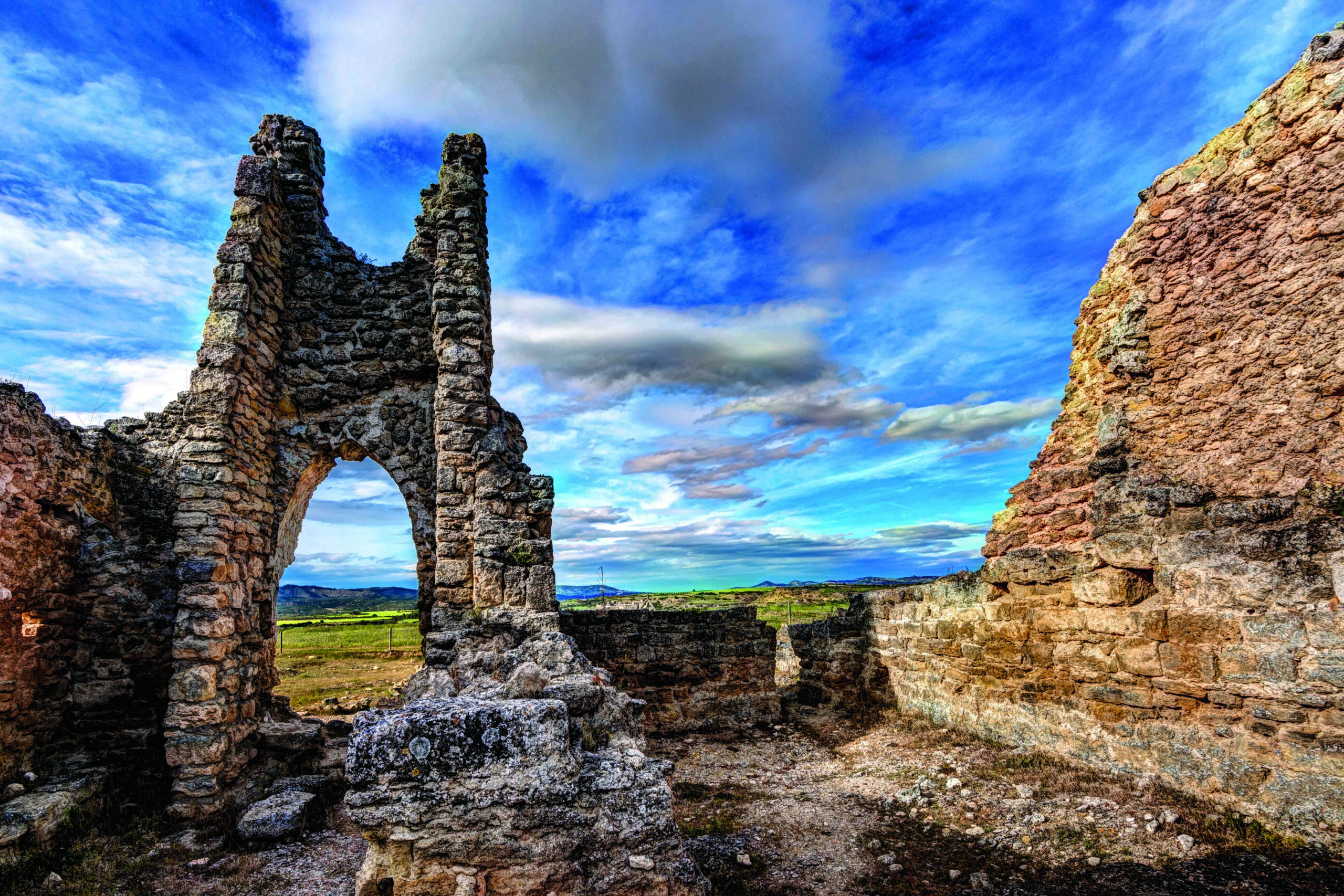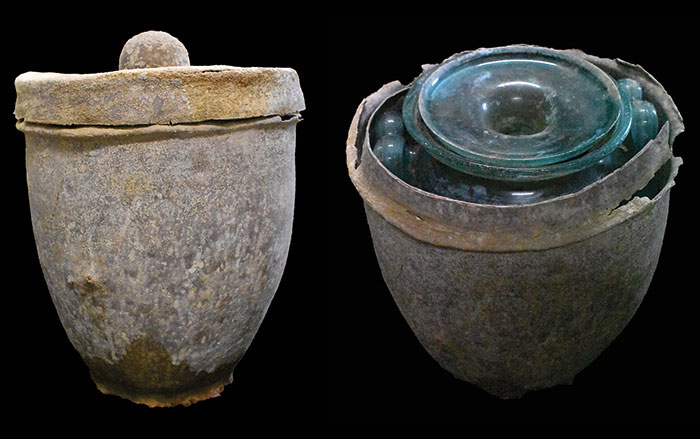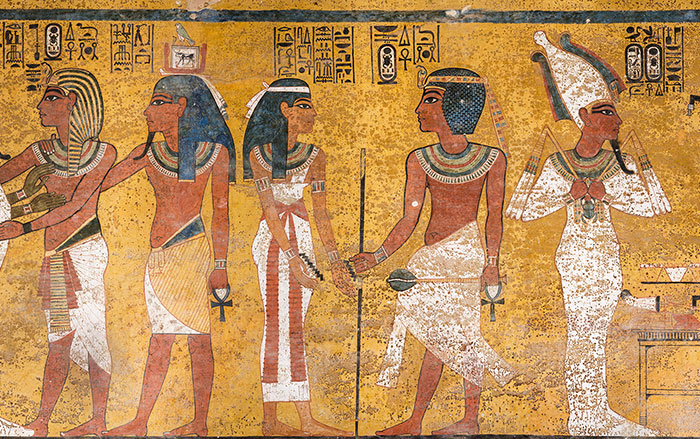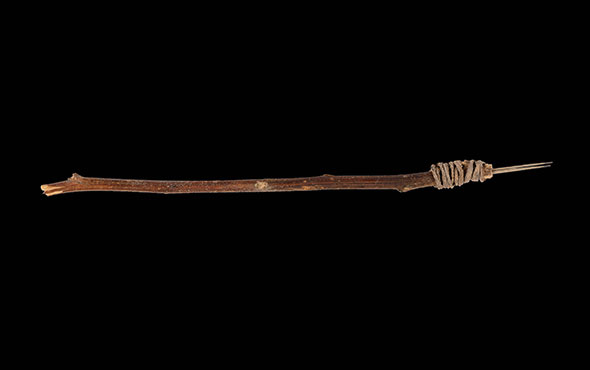ALCALÁ DE HENARES, SPAIN—Live Science reports that researchers led by Michael McCormick of Harvard University and Lauro Olmo Enciso of the University of Alcalá have conducted a geomagnetic survey of the site of Reccopolis, a walled town constructed in A.D. 578 by King Leovigild, ruler of the Visigoths. The project revealed that the town spilled out beyond the boundary of its walls. “It’s really remarkable to see the Visigothic monarchy coming together at this time and assembling the resources to be able to found a new city,” McCormick said. At the time, volcanic eruptions had brought on what is known as the Late Antique Little Ice Age, a period usually associated with imperial collapse, famine, mass migrations, and an outbreak of bubonic plague. One large building identified during the survey is oriented toward Mecca, and its floor plan resembles that of mosques in the Middle East, McCormick added. It may date to the period after the Islamic conquest of the region in A.D. 711. For more on Spain in the medieval period, go to “Spain's Lost Jewish History.”
Sixth-Century Town Surveyed in Spain
News June 21, 2019
Recommended Articles
Features March/April 2021
The Visigoths' Imperial Ambitions
How an unlikely Visigothic city rose in Spain amid the chaotic aftermath of Rome’s final collapse

Digs & Discoveries March/April 2025
Iberian Gender Imbalance

Digs & Discoveries September/October 2024
A Nightcap for the Ages

Artifacts March/April 2024
Mesolithic Baskets

-
Features May/June 2019
Bringing Back Moche Badminton
How reviving an ancient ritual game gave an archaeologist new insight into the lives of ancient Peruvians
 (Courtesy Christopher Donnan, Illustration by Donna McClelland)
(Courtesy Christopher Donnan, Illustration by Donna McClelland) -
Features May/June 2019
Inside King Tut’s Tomb
A decade of research offers a new look at the burial of Egypt’s most famous pharaoh
 (Courtesy Factum Arte)
(Courtesy Factum Arte) -
Letter from the Dead Sea May/June 2019
Life in a Busy Oasis
Natural resources from land and sea sustained a thriving Jewish community for more than a millennium
 (Duby Tal/Albatross/Alamy Stock Photo)
(Duby Tal/Albatross/Alamy Stock Photo) -
Artifacts May/June 2019
Ancestral Pueblo Tattoo Needle
 (Robert Hubner/Washington State University)
(Robert Hubner/Washington State University)



